Using poetry to support literacy and language development by Julie Cigmen. The following is a summary after reading the contents of the article, 'Using poetry to support literacy and language development by Julie Cgmen' linked below . Go to the related article! * About the Author: Julie Cigman, early years consultant, describes the joys of discovering poetry with young children Young children are constantly learning about all aspects of language: receptive and expressive. They are learning vocabulary and grammar, intonation and cadence. They are learning the kinds of language that they should use in different situations. They are learning to express emotions and ideas. They learn these immensely complex skills from adults and older children around them, who provide models and, ideally, give them time and encouragement to become articulate and confident communicators themselves. When children have extensive exposure to well-written stories and poetry from birth, the pattern of language expressed in the best of children’s literature will embed itself into children’s developing language. Poetry has both form – a rhythm, a shape and structure – and content – an expression of ideas, thoughts and feelings. When young children hear poetry read aloud and discover poetic forms they can learn to express their ideas, thoughts, and feelings. But an overemphasis on form can lock children into structure, so their ideas have to adapt to the form. Listening to poetry helps children to become fluent readers and creative writers, while writing poetry helps children learn to revise their ideas and develop a precision with language. Learning a repertoire of poems gives children and adults shared memories, a shared heritage, and shared understandings. How can we help children to become poets?
The Barbican website Can I Have a Word?2 suggests three stages in becoming a poet – listen, stimulate, and create. Stage 1: Listen Read books and poems which are strong in musicality, such as Jabberwocky, The Quangle Wangle’s Hat or Pass the Jam, Jim. As children hear poetry and stories, they learn to control language by rehearsing and imitating it in their play. This is especially valuable for children with speech and language difficulties and children learning English as an additional language (EAL), as children can echo, sing and chant words that they don’t understand yet. Stage 2: Stimulate The EYFS promotes active learning through playing and exploring (p. 7) and we know that children are most creative in their play. So we can use visual and sensory stimuli to fire children’s imagination and develop their ideas and vocabulary while they play. Stage 3: Create Poetry is a way of encapsulating an experience concisely, and enabling the reader to see the world differently by sharing the perceptions of the poet so learning to craft poetry will take many years. Poetry in the early years is all about discovering and playing with the interconnectedness between language, music, movement and art. But when children are exposed to all of these creative forms, their poetry will become more sophisticated, even at a very young age.
0 Comments
What is Art? and Why teach ART? Why Teach Art? by Tina Farrell. (http://www.princetonol.com/groups/iad/Files/why.htm) (The following is a summary of the content of the educational theatre course while studying it.) ART IS A SCIENCE: Artists make an experimentation with note taking in a journal to record successful and sometimes experience a try and errors just as a scientist do. Artists are great observers and recorders of their surroundings. Artists create own hypotheses on the output after they make their artworks. ART IS MATHEMATICAL: Artists translate a complex three-dimensional world in to two-dimensional and three-dimensional images and sculptures. This requires a keen understanding of spatial relationships, linear perspective, technical shading of form, symmetry and asymmetry, and a knowledge of geometrical and organic shapes. Many works of art require the artist to develop exact measurements of size and weight. Artists are mathematicians. ART IS A FOREIGN LANGUAGE: Vocabulary in art is a blend of many cultures and therefore becomes its own unique language. Artists speak a foreign language. ART IS HISTORY: Art reflects the environment, culture, and often the political conditions of the time and place in which it was created. The artworks of the world are mankind's greatest records of his history on planet earth. History is simply not history without the artifacts that support its existence. Artists record history. ART IS LANGUAGE ARTS: Art is a higher form of communication. As artists translate the world around them, stories of bravery, heroism, valor, sorrow, and hope emerge into narratives of imagery, characters, and settings. Artists research, brainstorm, rough draft, create preliminary drawings, keep journals, date title, and sign their works, and create works based upon a theme or series. Artists have made images inspired by poems, music, stories, and events. Artists are communicators. ART IS PHYSICAL EDUCATION: Art requires fantastic coordination of the fingers, hands, arms, and body. The hand and the eye must work in perfect harmony in order to create. Many forms of art require great physical strength, balance, and coordination such as sculpting large structures from stone, metal, and wood, and throwing hundreds of pounds of clay. ART IS TECHNOLOGY: Great works of art are now created on computers requiring artists to have highly developed computer skills and knowledge. Graphic arts and communication professions have changed dramatically with the use of this tool. Artists are visionaries. ART IS ALL OF THESE THINGS, BUT MOST OF ALL, ART IS ART: It allows a human being to take all of these dry, technical, and difficult techniques and use them to create intense beauty, and powerful emotional response. This is one thing that science cannot duplicate, mathematics cannot calculate, foreign language cannot translate, history cannot legislate, and physical education cannot replicate. THAT IS WHY WE TEACH ART!
Not because we expect you to major in Art. Not because we expect you to create art all of your life. Not so you can relax or just have a hobby. WE TEACH ART: So you will be human. So you will recognize and appreciate true beauty. So you can communicate from the very depths of your soul. So you will be sensitive to life and the peoples within it. So you will be closer to an infinite beyond this world. So you will have more love, more compassion, more gentleness - more life. Art and Peace, turn Korean DMZ into a symbol of Peace. Korea is the only divided country in the world and cultural and ideological confrontation exist as the tension between the South and North Korea. On July 27, 1953, when the Korean War remained locked in a stalemate, the United States, China and the former Soviet Union established a ceasefire line on the 38th parallel that cuts the Korean Peninsula roughly in half. The 240-kilometer-long ceasefire line soon changed into the Military Demarcation Line, and South and North Korea reserved 2 kilometers each south and north of the line, creating a 4-kilometer-wide strip of land that was designated the Demilitarized Zone(DMZ). In February 1954, under the authority of a U.S. army commander, an invisible line called the "civilian passage restriction line" was drawn along the area within 5 to 20 kilometers south of the DMZ's southern boundary for the protection of military exercises around the borderline and military facilities, as well as security. Following the establishment of the "civilian passage restriction line," the activities of civilians within the area were strictly controlled. In the 1990s, the South Korean government took a step to reduce the restricted area by moving the southern boundary of the area upward. As a result, the number of residents affected by the ban decreased from 37,000 in 111 villages to 18,000 in 60 villages. In 2001, the government announced a set of rules to ease restrictions on residents in the area. As part of the move, residents were allowed to farm in the area after going through the necessary procedures outlined in the law on protection of military facilities. Indeed, in stark contrast to its name, the 4-kilometer-long DMZ is a heavily guarded area where hundreds of thousands of mines are buried. Under the inter-Korean agreement to reconnect the Gyeonguiseon rail line linking Seoul in South Korea with Sinuiju in North Korea, on September 18, 2000 South Korea began clearing the mines in the 80-meter-wide, 12-kilometer-long strip in the DMZ where there rail and road are supposed to be built. More than 100,000 mines were cleared, taking up about 35 percent of the total construction cost of the railway project, estimated at $ 1.5 billion. Nevertheless, the DMZ and surrounding area within the civilian passage restriction line have remained untouched by humans for decades and are blessed with an abundance of flora and fauna that can be found only in ecology books. It's hard to believe that the land was totally destroyed by gunfire during the Korean War. The Korean artists hope to awaken the public to the importance of peace and the environment, as well as give a message of hope to future generations by hosting diverse cultural events in locations near the DMZ, a symbol of the tragic history of Korea as a divided nation. Artist Jae-eun Choi, who participated in the 15th Venice Biennale architecture exhibition by creating artworks with the hope of peace in the DMZ, a symbol of the 70-year history of division, paradoxically created an ecosystem in the Demilitarized Zone (DMZ) in Cheorwon, a symbol of the division of North and South Korea.
Based on the fact that it has become a conservation area, we have been planning a 'hanging garden' project across the DMZ for several years. The 'Hanging Garden' is a 13km round-trip walking path that floats 3~6m above the ground using only bamboo and natural materials. It protects humans from landmines buried in the DMZ, protects nature from humans, and induces ecological coexistence. Currently, there are a number of mines buried in the DMZ, which are estimated to take 489 years to clear. Thirteen hanging gardens will be installed in the middle of the pedestrian path, a 20m high observation tower 'Wind Tower' near the military demarcation line, and a seed bank and ecosystem library for storing endangered plant seeds at both ends of the pedestrian path. It is a concept for a large-scale installation that looks at the supernatural ecosystem that has not been touched by humans in the DMZ and captures the meaning of division recovery.
Arrangement is defined as “the act of lowering the entropy (disorder) of life”. Entropy, according to the second law of thermodynamics, refers to the increase in disorder with time. Since then, it has become a term used in statistics and social sciences as well. According to the second law of thermodynamics, all matter and energy in nature move in a direction of increasing disorder with the passage of time. By the way, the only thing that reverses entropy is ‘life’. Life forms a new order by absorbing scattered substances. Cleanup is to reduce the number and quantity of things surrounding your area. It is to reduce the number and amount of objects to be organized and put them within the range of one's control. Tidying is about positioning so that they are easy to use where they should be so they can be easily found the next time you use them. The object of tidying up does not necessarily mean only things. Tidying up can target a variety of things, such as space, time, relationships, and to-dos. In fact, there is an artist who take advantage of this effect of tidying up and reflect it on their works of art. Adam Hillman, who is called an object arranger, makes even tidying up into a single piece of work. Various objects from cotton swabs and matches to Oreos and cereals form various patterns through his hands. A visual artist from New Jersey, he creates a work of art by matching the colors and patterns of common objects in everyday life. A wonderful piece that perfectly converges to one rule that looks like an obsessive compulsive disorder shows the potential that even common materials in everyday life can become works of art. Image source by instagram.
The Art of Autism. Savant syndrome is a phenomenon in which people with autism perform very well in a specific field. Among them, the Greek artist Maria Iliou, a Servant Artist who is particularly prominent in the field of art, is the founder and director of the Autism Artists Organization, working for the rights of Servant Artists. Below is the official website she created. The Art of Autism is a nonprofit which empowers autistic people and their families through participation in the arts. If you go to the site below, you can see artists and their works who overcame their obstacles and difficulties and proudly completed their own art world. You can also post with the desire to help autistic painters and see the artists who support them and their works. The article below was written by an artist with an autism spectrum named Amanda Porche. She is a New York City based artist and photographer. In addition to autism, she also has anxiety, depression and undiagnosed OCD. She writes about her vivid experiences as she went through a pandemic with a disorder called autism. She says that she was able to overcome difficulties only through painting in the midst of her experiences, the fear of death, and the deprivation of everyday life. I soon learned that art is not about coloring inside the lines. Art is about expressing what you feel and how you perceive the world around you. She was at the forefront of, or at the center of, the 2020 pandemic. New York City, where she lived, was an extreme global epicenter that broadcasted in real time all over the world due to the Covid-19. She had to hear countless sirens. At the peak of the epidemic, a death siren could be heard on average every two to five minutes. At first she counted all the sirens. In fact, people with autism are very sensitive to external stimuli, especially sounds. From this point of view, it seems that the last pandemic situation has been a more difficult time for people suffering from autism or mental pain.
But I admire her amazing determination and enthusiasm to overcome. She began painting for a long time, feeling the fear of countless deaths. Looking at her paintings during this period, you can see how desperate and painful she was. However, rather than sitting down in pain, she took a colored pencil and sometimes squeezing acrylic paints to express her feelings through painting. I think her paintings are a testament to the pain she overcame. And the art of painting never betrayed her. Through painting, she healed her complicated and devastated mind, and furthermore, she wrote books and drew pictures for those who need such healing. |
Myungja Anna KohArtist Categories
All
Archives
July 2024
|
Proudly powered by Weebly


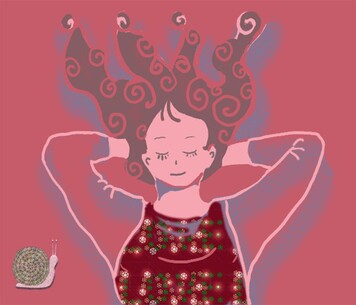

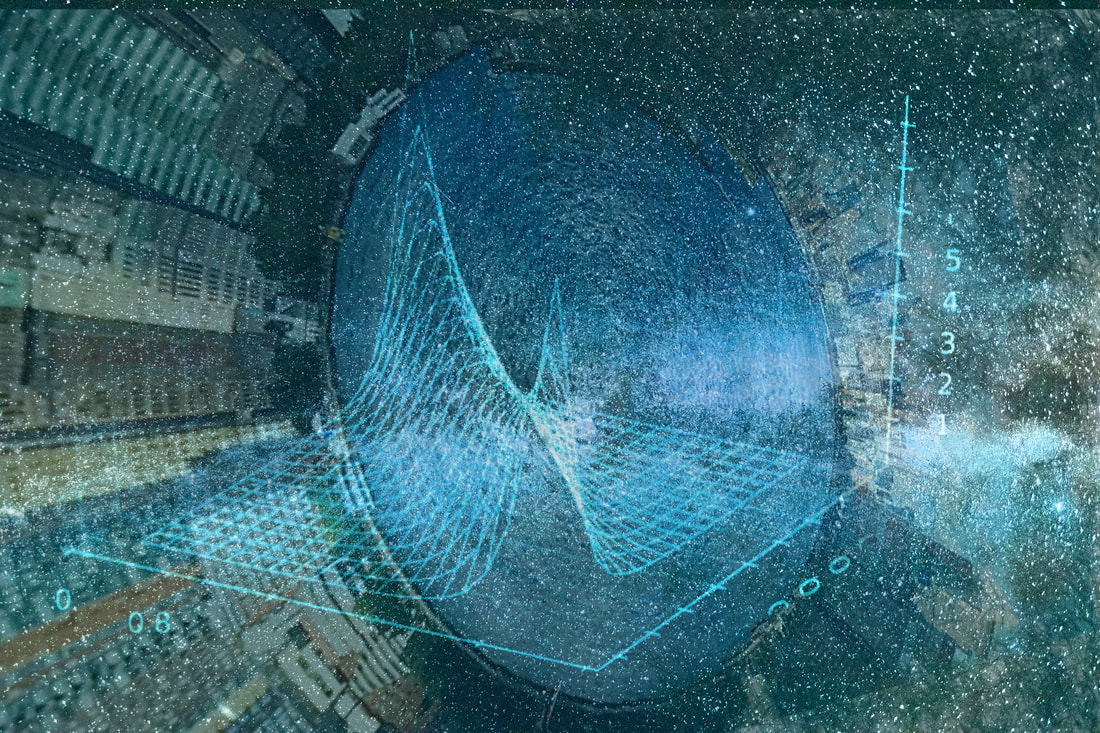
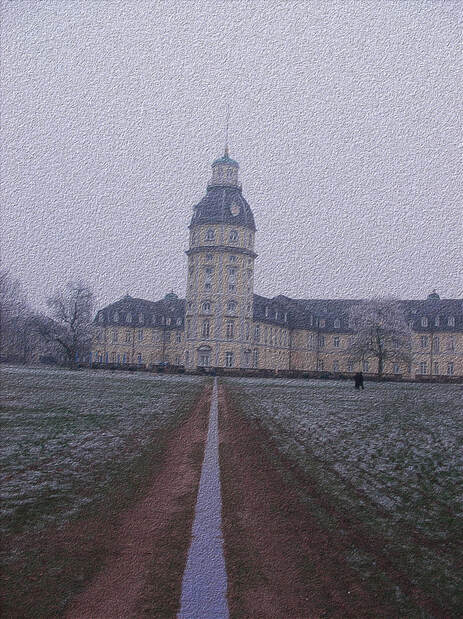
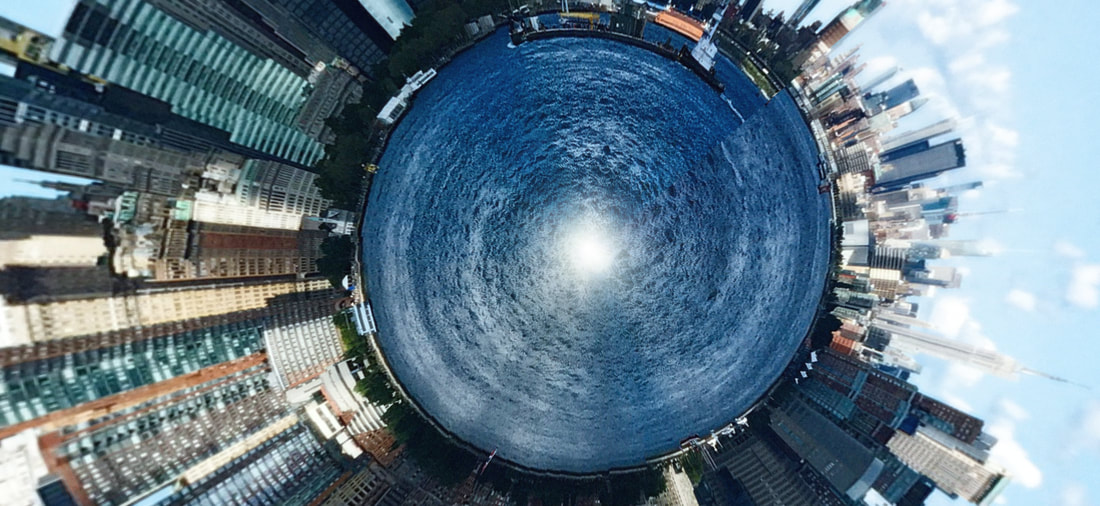
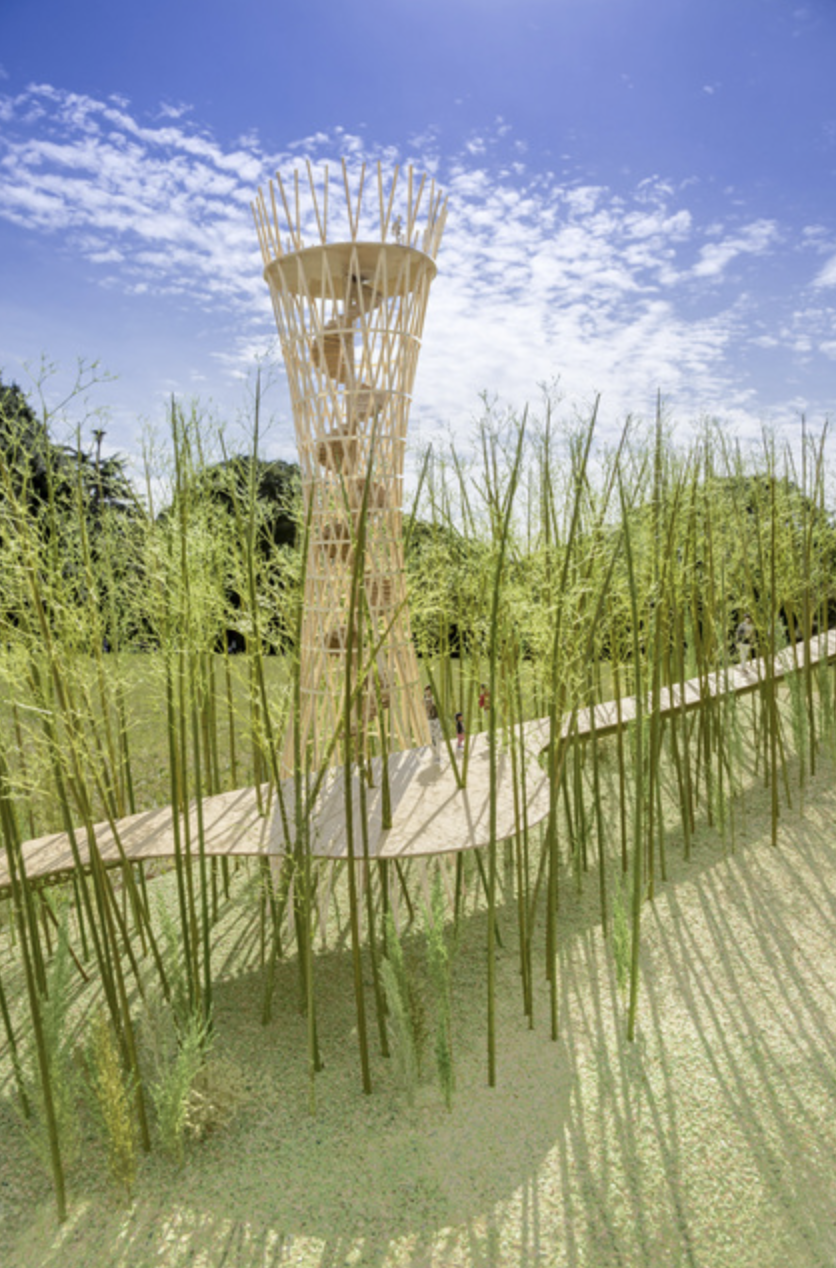
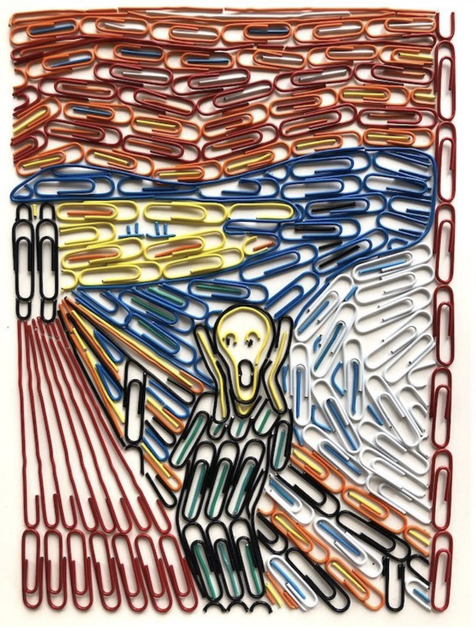
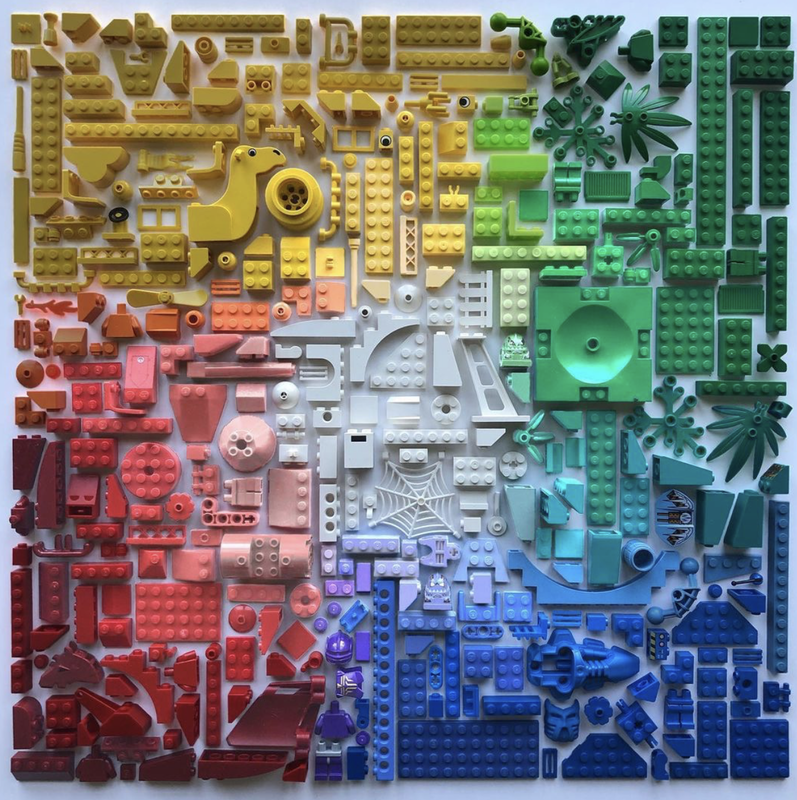
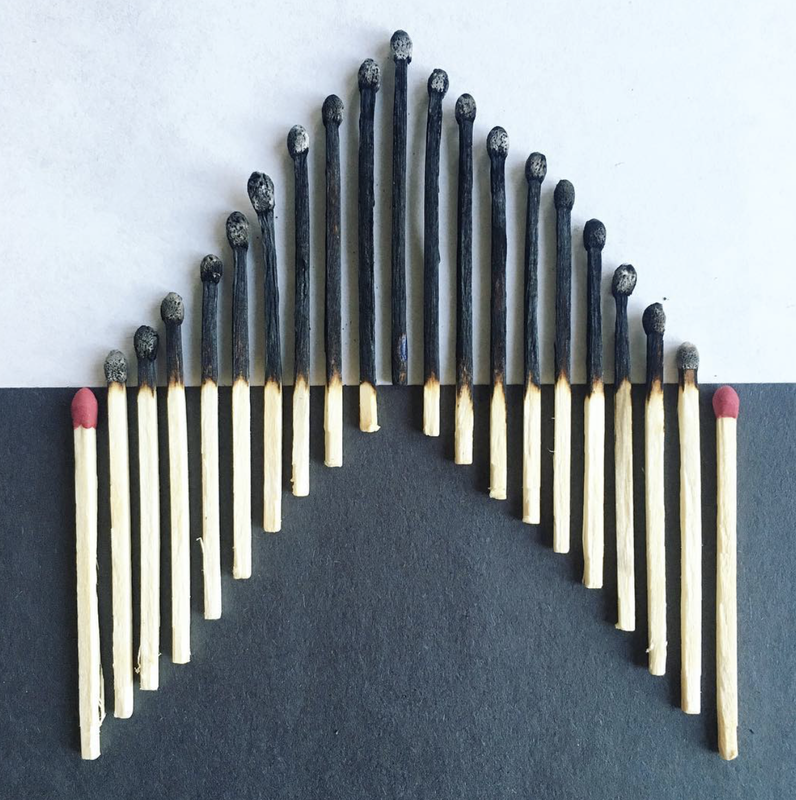
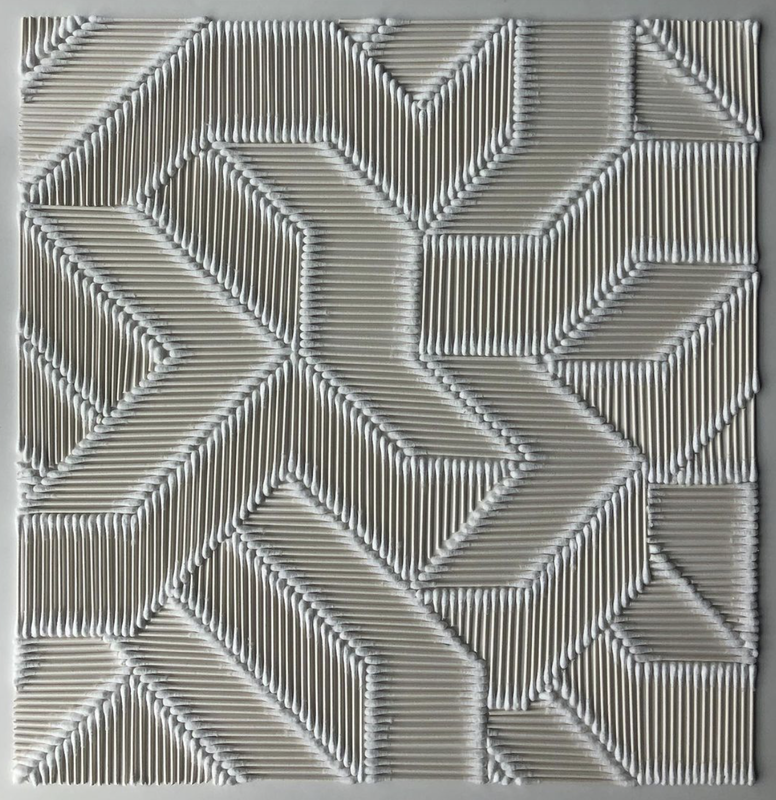
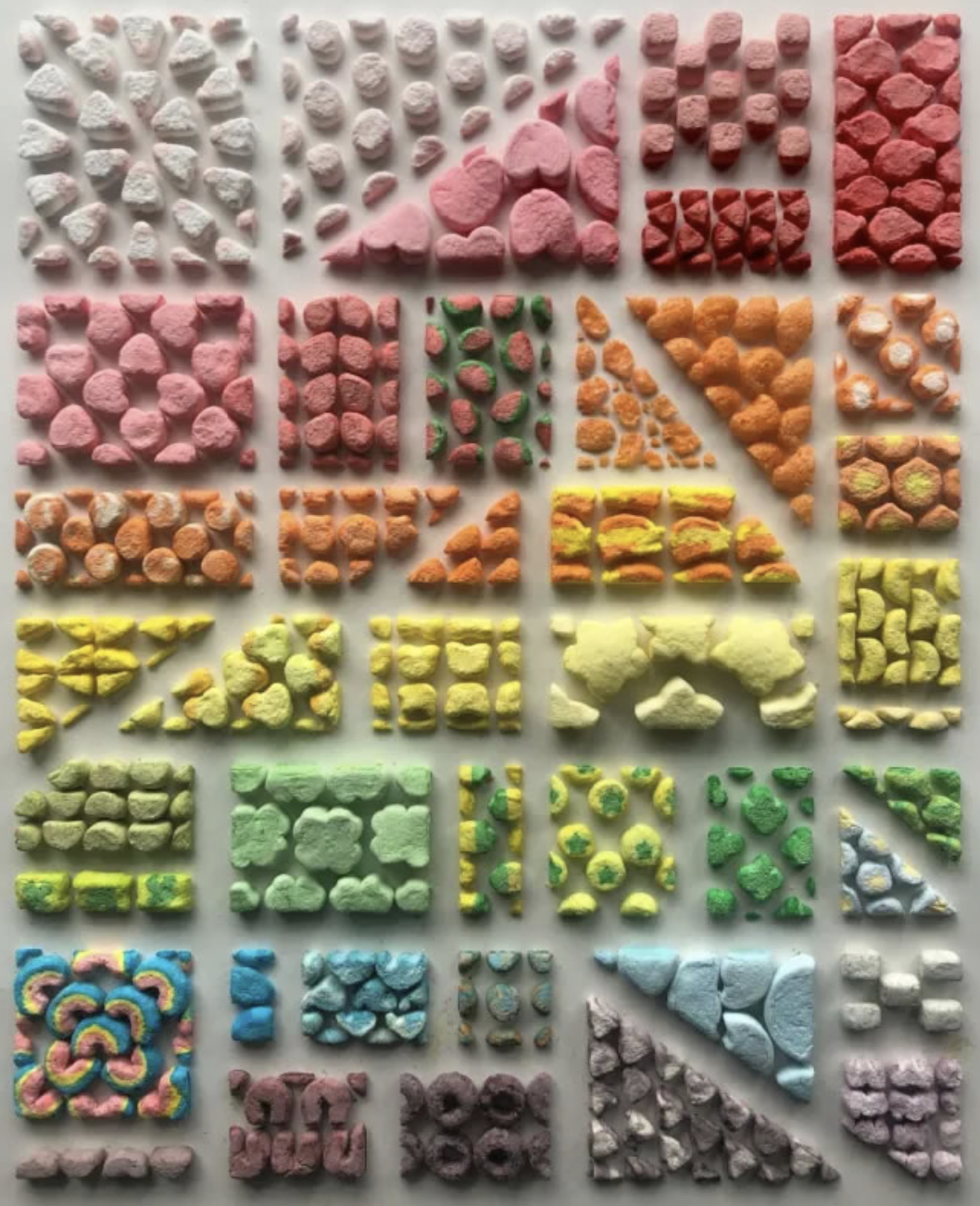
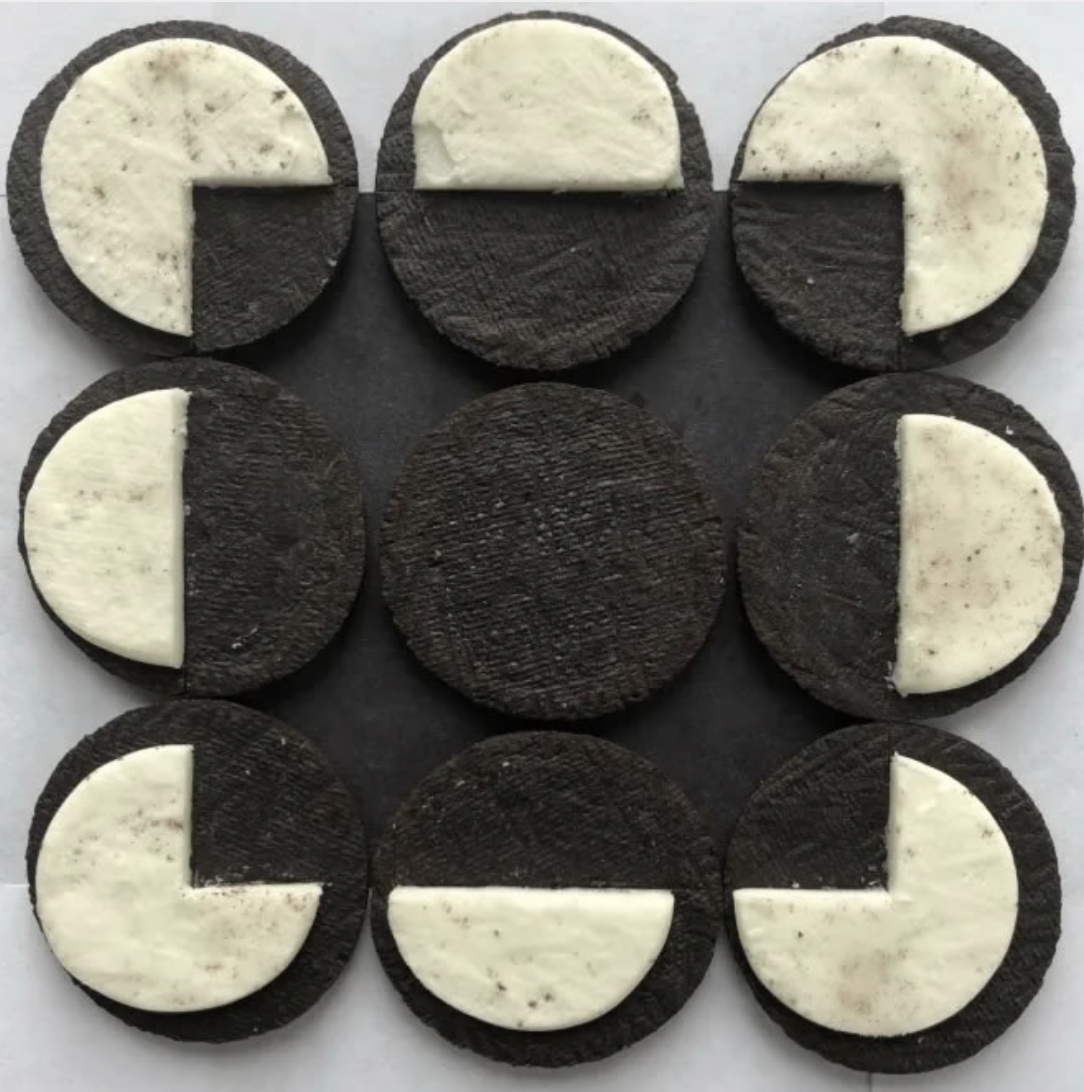
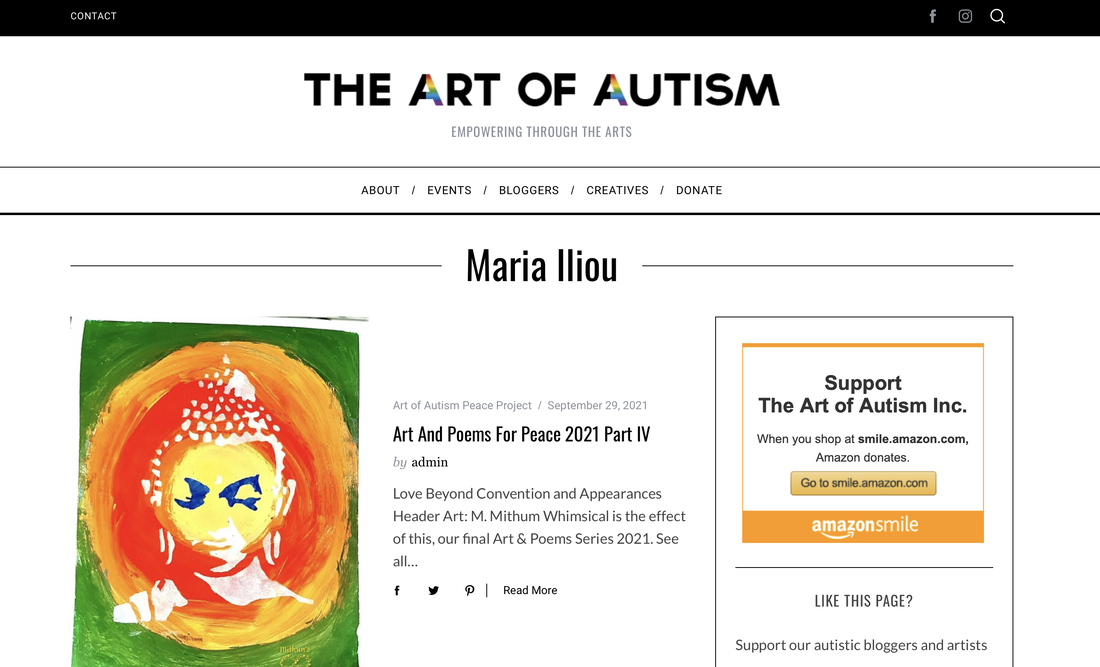
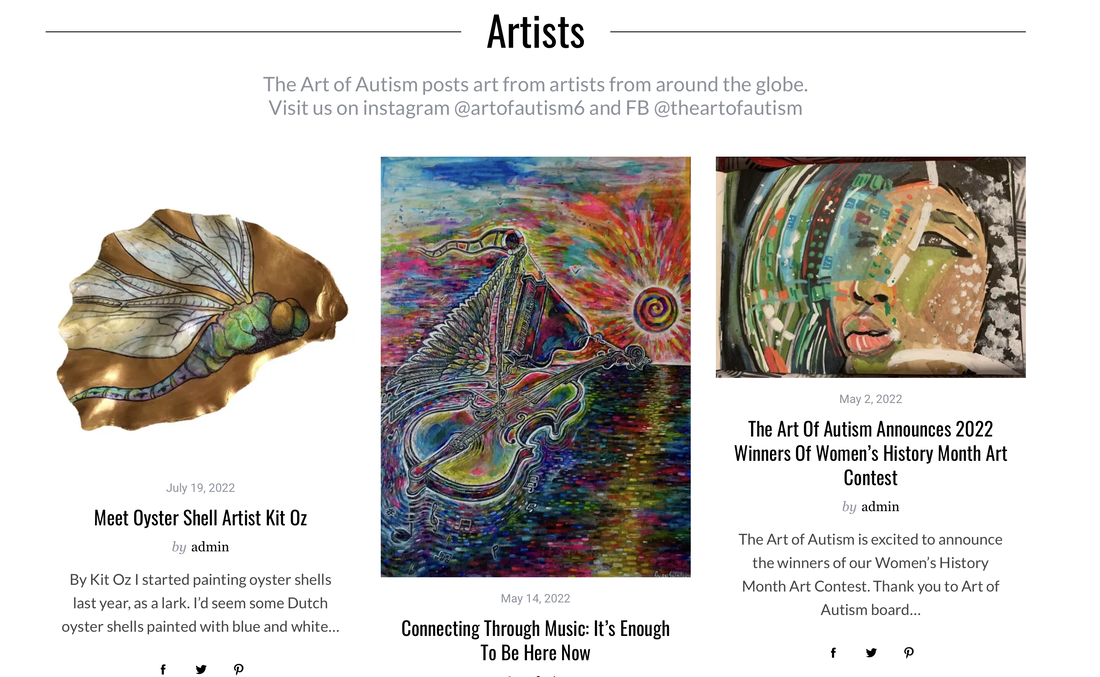
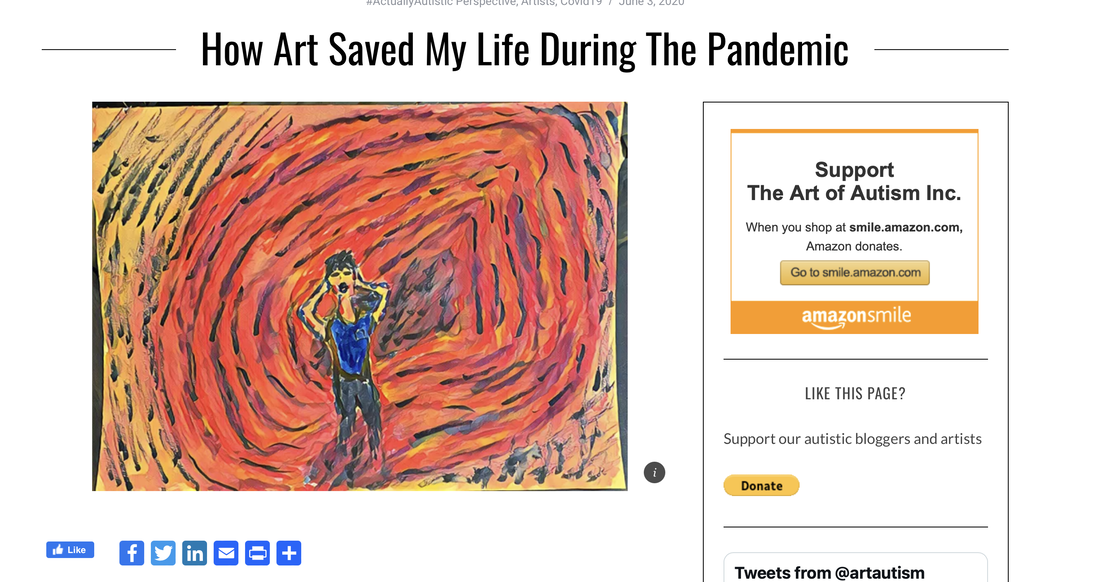
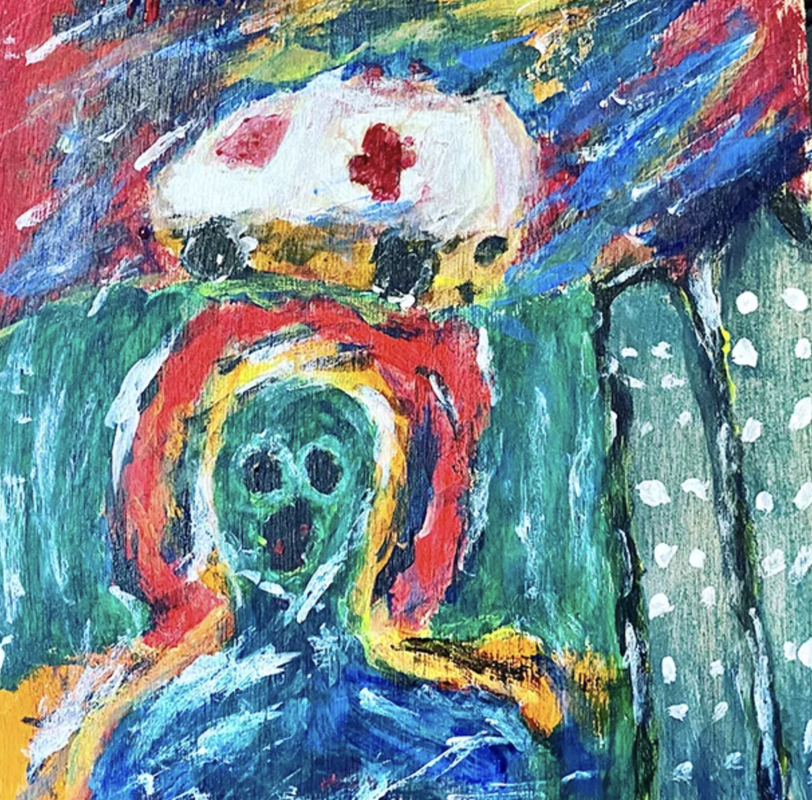
 RSS Feed
RSS Feed